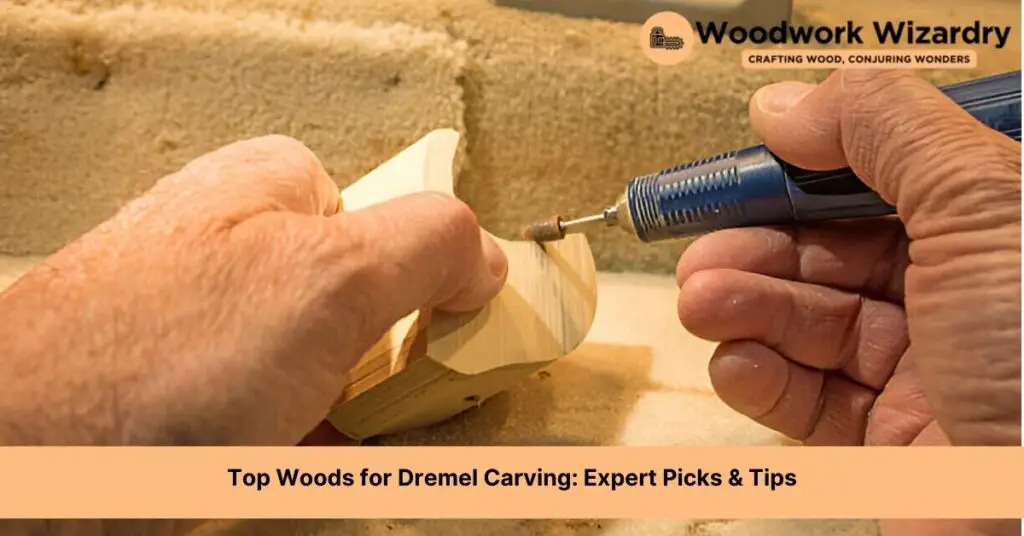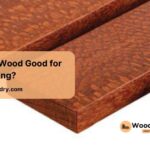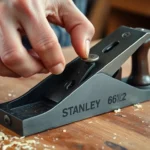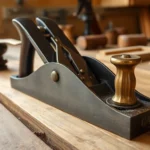Venturing into the world of wood carving with a Dremel brings us into a realm where creativity meets precision. It’s an exciting journey, one that requires not only skill and patience but also the right materials to bring our visions to life. Choosing the best wood for our projects is crucial, as it can make the difference between a masterpiece and a learning experience.
We’ve all been there, standing in the lumber section, overwhelmed by the options or scrolling through pages online, not quite sure which wood will best suit our next project. Soft or hard? Fine or coarse grain? Each type of wood has its unique characteristics and challenges, especially when we’re wielding a Dremel. Let’s dive into the world of woods, where we’ll uncover the best options for carving that not only match our tool’s capabilities but also complement our artistic endeavors.
Basswood: The Beginner’s Best Choice
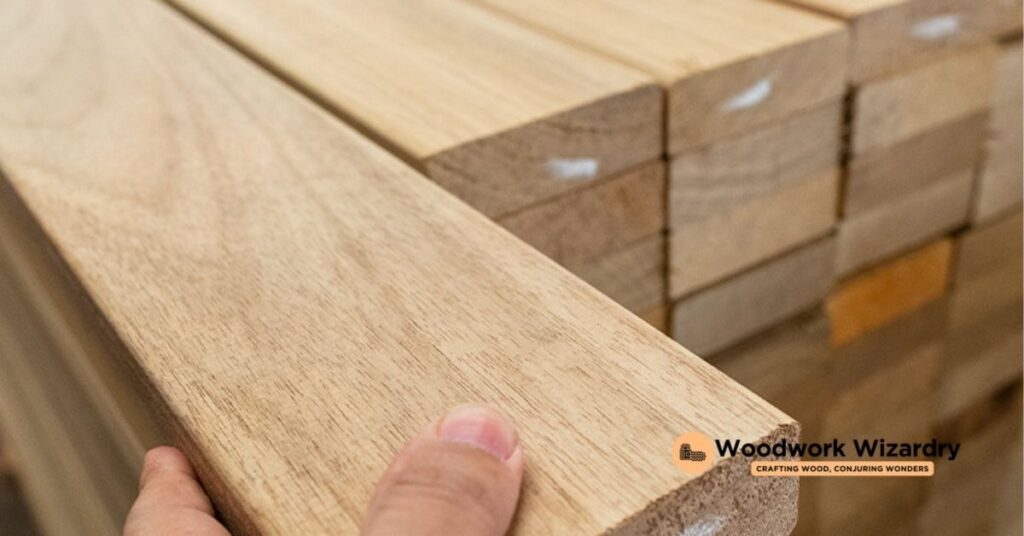
Continuing our exploration of the best woods for carving with a Dremel, we arrive at an all-time favorite, especially for beginners: basswood. This wood stands out for its forgiving nature and adaptability, making it a fantastic starting point for those just getting their feet wet in the world of wood carving.
Soft Texture and Smooth Grain
One of the first things we love about basswood is its exceptionally soft texture paired with a smooth grain. This combination allows the Dremel’s bits to glide through the wood without much resistance, reducing the chances of unwanted slips or gouges. For beginners, this means a more enjoyable learning experience, as it’s easier to control the tool and achieve the desired results without fighting the material. Whether you’re carving small figures or intricate designs, basswood’s forgiving nature will surely make the process smoother and more pleasant.
Ideal for Intricate Details
When it comes to adding those intricate details that bring a carving to life, basswood is second to none. Its soft yet stable structure ensures that even the most delicate cuts can be made with confidence. This is particularly beneficial when using a Dremel, as the tool offers a variety of bits designed for precision work. From fine lines to detailed textures, basswood allows for a level of detail that’s hard to match with harder woods. Its uniform grain also plays a crucial role here, as it doesn’t interfere with the visual of finely carved details, making basswood an ideal choice for projects that require a high level of artistry and attention to detail.
Butternut: A Carver’s Delight
Transitioning from the universally appreciated basswood, we find butternut, a wood that’s as friendly to carvers as it is visually appealing. This wood type elevates the art of carving with its unique characteristics, making it a favorite among many for projects that range from intricate details to bold, expressive pieces.
Rich Color and Straight Grain
Butternut, with its rich, light tan color, lends a warm appearance to carved pieces, differentiating them instantly from creations in more commonly used woods. The straight grain of butternut not only adds to its aesthetic appeal but also ensures a smooth carving experience. When you’re aiming for pieces that stand out with a natural, understated elegance, butternut’s hue and grain pattern won’t disappoint. Its consistency in texture allows for a predictable carving process, letting us focus more on creativity and less on compensating for irregularities.
Easy to Carve and Finish
One of the joys of working with butternut is its forgiving nature. This wood is softer than many others, making it highly receptive to the intricacies possible with a Dremel tool. Whether you’re carving detailed figurines or more substantial decorative items, butternut behaves wonderfully under the tool’s various attachments. What’s more, finishing butternut-carved items is a breeze. This wood absorbs stains and finishes evenly, enhancing its natural beauty and making it easy to achieve a professional-looking final product. For carvers looking to strike a balance between workability and aesthetic appeal, butternut emerges as a clear favorite.
Black Walnut: For Rich Detailing
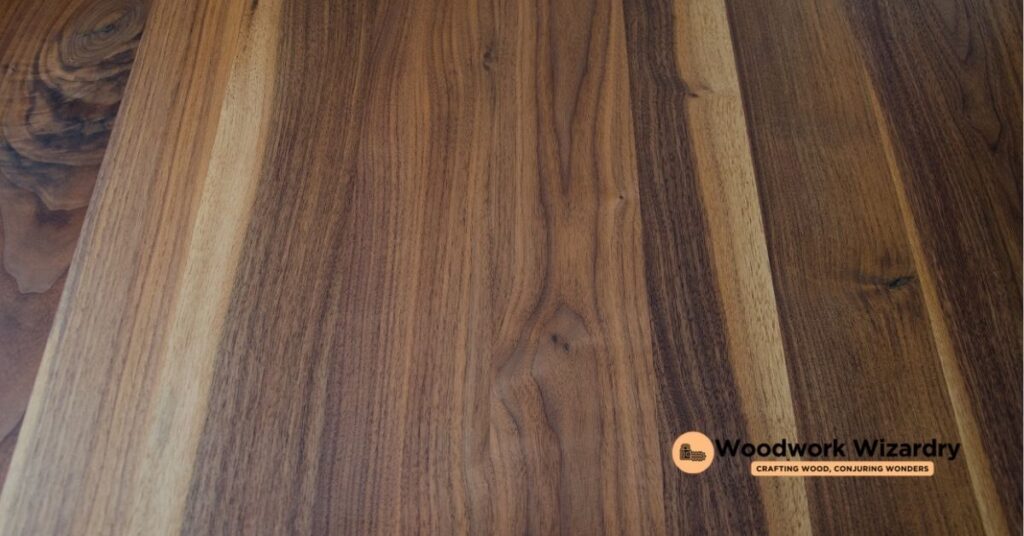
Moving on from butternut’s appealing characteristics, we dive into the world of black walnut. This splendid wood pushes the boundaries of creativity and precision in carving projects, especially when a Dremel is in play.
Hardwood With Fine Texture
When we talk about black walnut, it’s impossible not to highlight its remarkable hardness and fine texture. These features aren’t just words on paper; they translate into a carving experience that’s both challenging and rewarding. Carving black walnut with a Dremel requires a bit more patience and skill, but the payoff is immense. The dense structure of black walnut ensures that carved details are crisp and pronounced, making it an ideal choice for projects where detail and durability are paramount.
Offers Stunning Contrast With Finishes
One of the most exciting aspects of working with black walnut is its natural coloration. Once you apply finishes, the dark, rich tones of the wood come to life, offering stunning contrast against lighter materials or as part of mixed-media projects. Whether you’re going for a glossy or matte finish, the inherent beauty of black walnut’s grain and color depth becomes strikingly enhanced. This characteristic makes it a favorite for carvers looking to create pieces with a visually appealing aesthetic that stands out.
Cherry Wood: Elegant and Durable
After exploring the unique qualities of black walnut, we’re diving into the rich elegance of cherry wood. Known for its smooth texture and vibrant color, cherry stands out as a superb choice for detailed carving.
Medium Hardness Ideal for Dremel Use
Cherry wood strikes a perfect balance with its medium hardness, making it fantastic for Dremel carving. It’s soft enough to shape without excessive effort but hard enough to hold fine details. This makes cherry an excellent canvas for projects that require precision, such as intricate designs and patterns. When we use a Dremel on cherry wood, we find it responds well to the tool’s various attachments, allowing for both broad and fine work. Whether we’re hollowing out sections or etching fine lines, cherry wood complements our creative endeavors, providing a smooth carving experience.
Ages Beautifully Over Time
One of cherry wood’s most cherished attributes is how it ages. Unlike other woods that might fade or degrade, cherry develops a deeper, richer patina over time. Exposure to sunlight enhances its color, transitioning from a light pinkish hue to a deep, warm red. This aging process adds character to our carved pieces, making them not just art but heirlooms. We’ve observed that carvings crafted from cherry wood not only retain their beauty but actually become more visually appealing as the years pass. This longevity and enduring appeal make cherry a preferred choice for projects that we want to stand the test of time, beautifully aging alongside us.
White Pine: Soft and Pliable
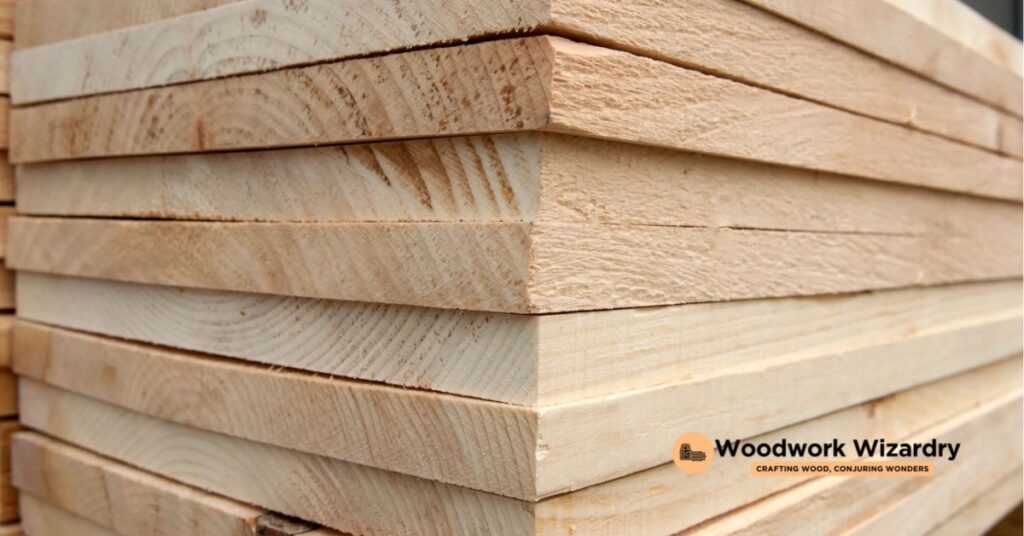
Following our exploration of cherry wood, let’s delve into white pine, another fantastic choice for Dremel carving. White pine stands out for its softness and pliability, making it an exceptional pick for both beginners and seasoned carvers seeking a forgiving material for their projects.
Forgiving Nature for Novice Carvers
We’ve found that white pine’s gentle nature is particularly forgiving for novice carvers. Its softness allows the Dremel to glide through with minimal resistance, which can help in preventing the frustrations often encountered when learning carving techniques. This means less strain on the tool and the hands, allowing for prolonged carving sessions without fatigue. Furthermore, mistakes are easier to correct in white pine, making it a perfect practice wood. Beginners can confidently experiment with various bits and speeds without the fear of ruining a piece beyond repair.
Best Suited for Larger Projects
Thanks to its lightweight and pliable characteristics, white pine is our top recommendation for larger projects. Whether it’s a detailed relief carving or a sizable sculpture, white pine’s forgiving nature allows for the creation of expansive works with intricate details. It doesn’t split or crack easily under the stress of a carving tool, which is a common issue with harder woods when working on a larger scale. Plus, its readily available and often more affordable than harder woods, making it a practical choice for those ambitious projects that require a lot of material.
Mahogany: Luxurious and Long-lasting
Moving on from the practicality of white pine, we delve into the rich world of mahogany. This wood stands out for its luxurious appearance and longevity, making it a favorite among experienced carvers seeking a grand finish.
Excellent Workability and Grain Definition
One of mahogany’s most prized characteristics is its excellent workability. It’s a dream to carve, offering just the right balance of hardness and softness. This means our Dremel tools can glide through mahogany without much force, yet the wood is hard enough to hold fine details beautifully. The grain definition is another highlight, with its straight, fine, and free of voids texture, mahogany allows for sharp, clean cuts. This results in carvings with remarkable clarity and smooth finishes that’s hard to achieve with other woods.
Resistant to Wood Rot
Mahogany doesn’t just look good; it’s tough against the elements too. It’s highly resistant to wood rot, thanks to its dense structure and natural oils. This property makes mahogany carvings more durable, capable of withstanding moisture and decay better than many other woods. So, when we invest our time in creating something with mahogany, we’re not just making art; we’re crafting heirlooms that can stand the test of time. Whether it’s an intricate piece of jewelry or a robust sculpture, mahogany ensures our work remains as splendid as the day it was carved, for years to come.
Tips for Successful Carving With a Dremel
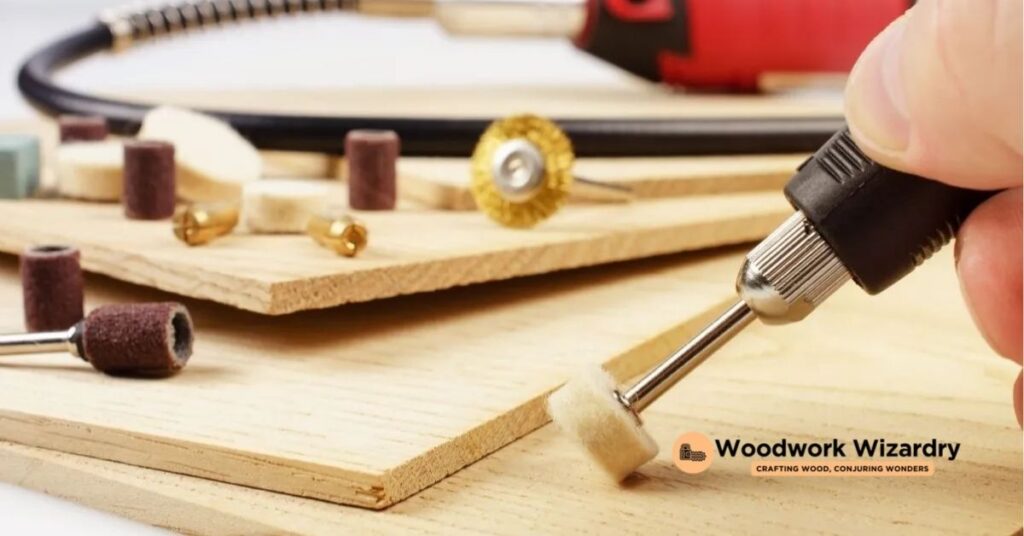
After exploring the best woods for carving, let’s dive into how to maximize your carving experience with a Dremel. Success in this craft isn’t just about the wood you choose; it’s also about how you use your tools.
Selecting the Right Dremel Bits
Choosing the correct Dremel bits is crucial for carving. Each bit offers a different carving experience, affecting precision, detail, and overall finish. For detailed work, we recommend high-speed cutters and engraving bits. These allow for intricate designs on harder woods like mahogany and black walnut. For softer woods like basswood and white pine, use structured tooth tungsten carbide cutters. They’re perfect for shaping and smoothing without tearing the wood. Remember, using the right bit not only enhances your carving details but also makes the process more enjoyable.
Maintaining Your Dremel for Precision Work
Maintaining your Dremel ensures it operates at peak performance, essential for successful carving projects. Regularly check your Dremel for any signs of wear and tear, especially the bits. Dull bits can hamper your carving precision and unnecessarily strain your tool. Clean your Dremel and bits after each project to remove any wood dust or debris. This helps maintain the tool’s longevity and ensures your next carving session starts on the right foot. Additionally, lubricate the moving parts of your Dremel periodically to keep it running smoothly. This maintenance routine can significantly enhance your carving precision and make your Dremel last longer.
Conclusion
We’ve journeyed through the realm of wood carving, exploring the best woods that pair beautifully with the precision of a Dremel. From the softness of basswood to the richness of mahogany, each wood brings something special to the table. Remember, the key to breathtaking carvings lies not just in the wood you choose but also in how well you maintain your Dremel and select the right bits for your project. So grab your Dremel, pick your wood, and let your creativity flow. Happy carving!
Related Posts:
- Top Woods for Dremel Carving: Expert Picks & Tips
- Can Chainsaws Cut Through Bone? Debunking Myths and Facts
- Can You Dig a Trench with a Chainsaw? Safety & Efficiency Explored
- Staining Over Linseed Oil Finish: A Complete Guide
- How Long Does Wood Glue Take to Dry? Tips for Quick Drying
- Ultimate Guide: How to Stain Douglas Fir for Lasting Beauty
- Prevent Sap Leakage: Effective Wood Maintenance Tips
- Metabo C10RJS Review: Top Choice for Safety & Precision
- Choosing Between a Table Saw vs Miter Saw: Key Features Compared
- Top Picks for Best Plywood for Laser Cutting: Safety & Buying Guide
- Why Are Milwaukee Tools So Expensive? Unpacking the Premium Price
- Maximize Your Woodworking on a Budget: Tools, Tips, & Savings

